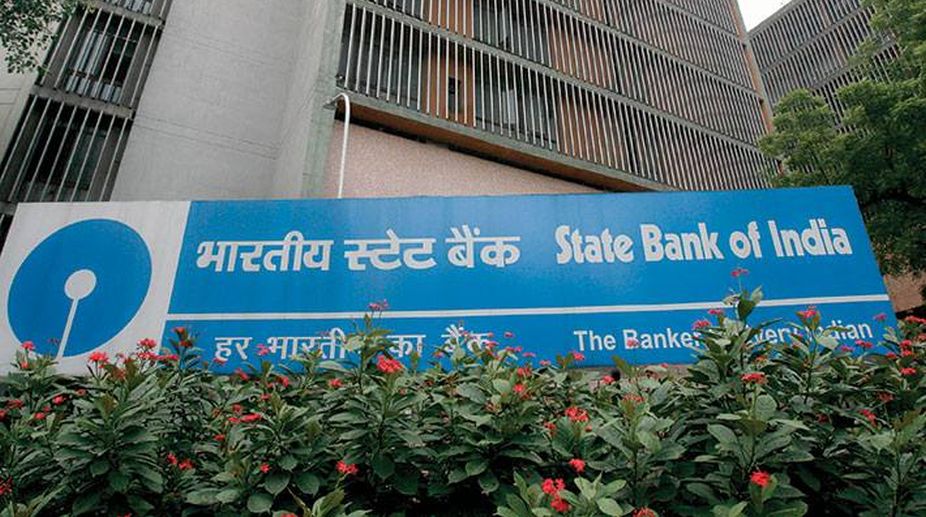Amid concerns over the decline in economic growth rate in the first quarter of the current fiscal to 5.7 per cent, State Bank of India (SBI) in its economic report on Monday said it expects the economic growth to significantly recover in the second quarter of FY 18.
Soumya Kanti Ghosh, group chief economic adviser of SBI, said: “The Q1FY18 GDP growth at 5.7 per ent did cause a lot of heartburn, but we strongly believe that Q2FY18 GDP growth is likely to trend higher and might be in the lower end of 6-6.5 per cent band with an upward bias.”
Advertisement
Ghosh’s assumptions are based on several factors. First, his report said the discounts offered by vehicle dealers possibly enabled them to clear stock and facilitate restocking post GST. “We will not be surprised if IIP growth in September is well in excess of 5 per cent, as mining and electricity growth is also to be significantly better as state electricity boards have purchased power because of festive demand,” Ghosh said.
The report suggests that consumption facing sectors are currently witnessing an increase in investment opportunities. However, Ghosh pointed that agriculture growth may be muted as rainfall in the first three months of monsoon was hugely deficit in key foodgrain producing states like UP, Punjab, Haryana, and Madhya Pradesh.
With the recent announcement on recapitalisation of public sector banks and fiscal measures including massive public expenditure in infrastructure, economic growth is expected to kick in. The Central government also announced improvement in the GST network, so as to ease the problems faced by traders last week.
Arguing on the revision on provisional growth numbers released by the statistical department, Ghosh said FY18 GDP growth could touch 7 per cent on the back of revisions in GDP growth in FY17.
“Revision of data is a part of statistical accuracy In India. Provisional GDP data gets revised two times before it comes to its final shape. Hence, total 3 revisions are done on provisional data. And the revision (mostly upwards) in annual data has been in the range of 20-60 bps in the past 6 financial years (though in FY14 GDP it got revised downward by 50 bps),” Ghosh said.









